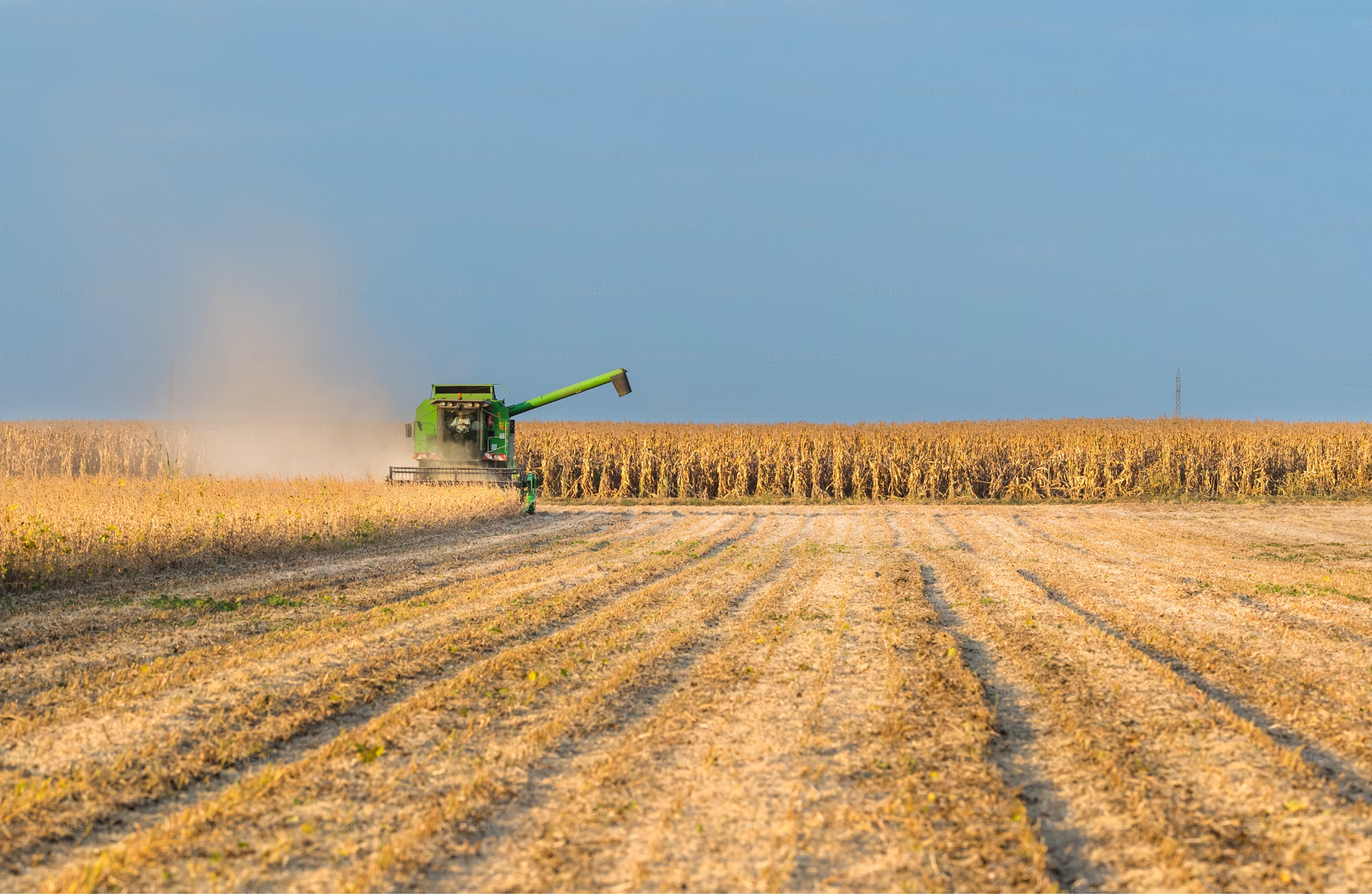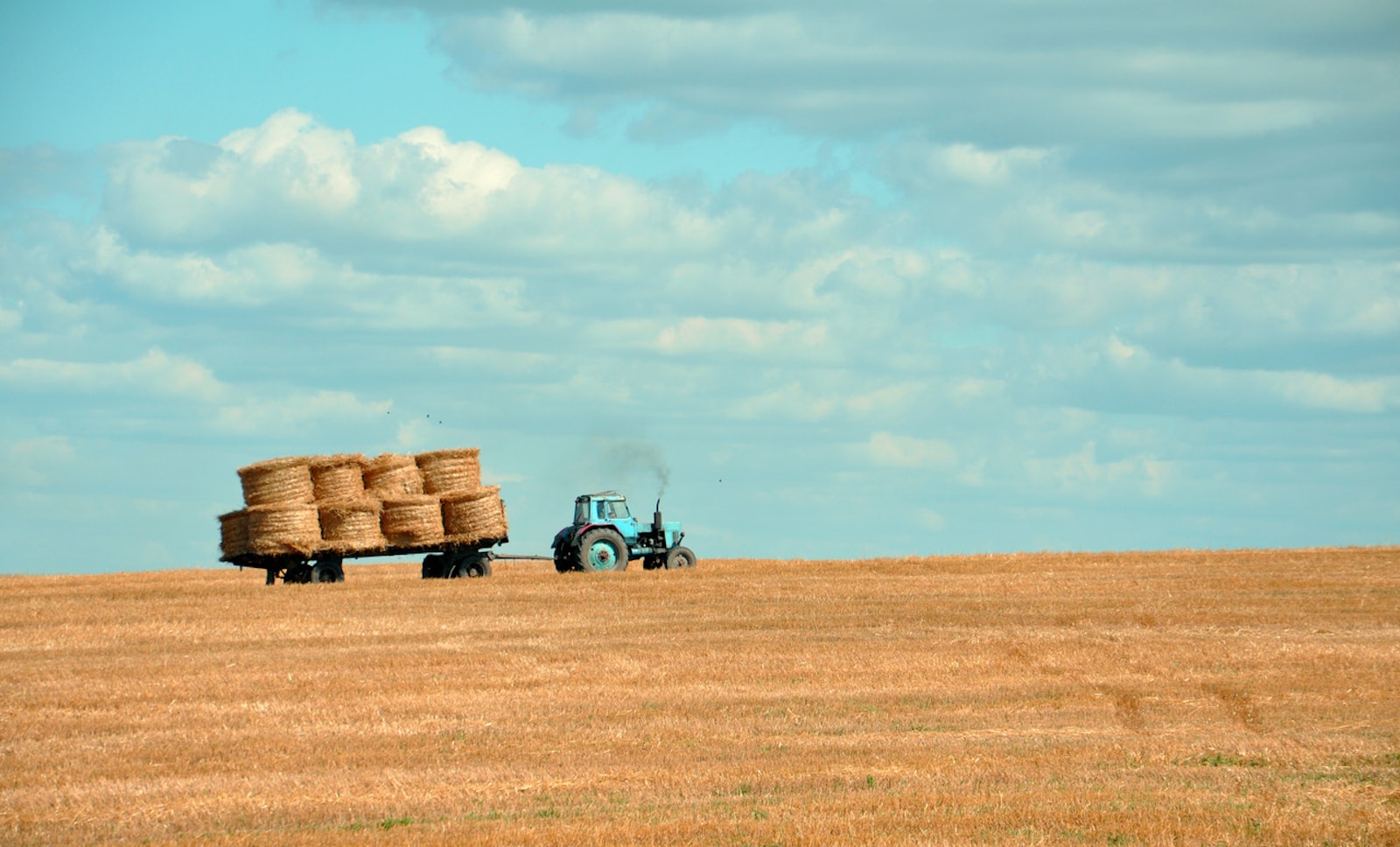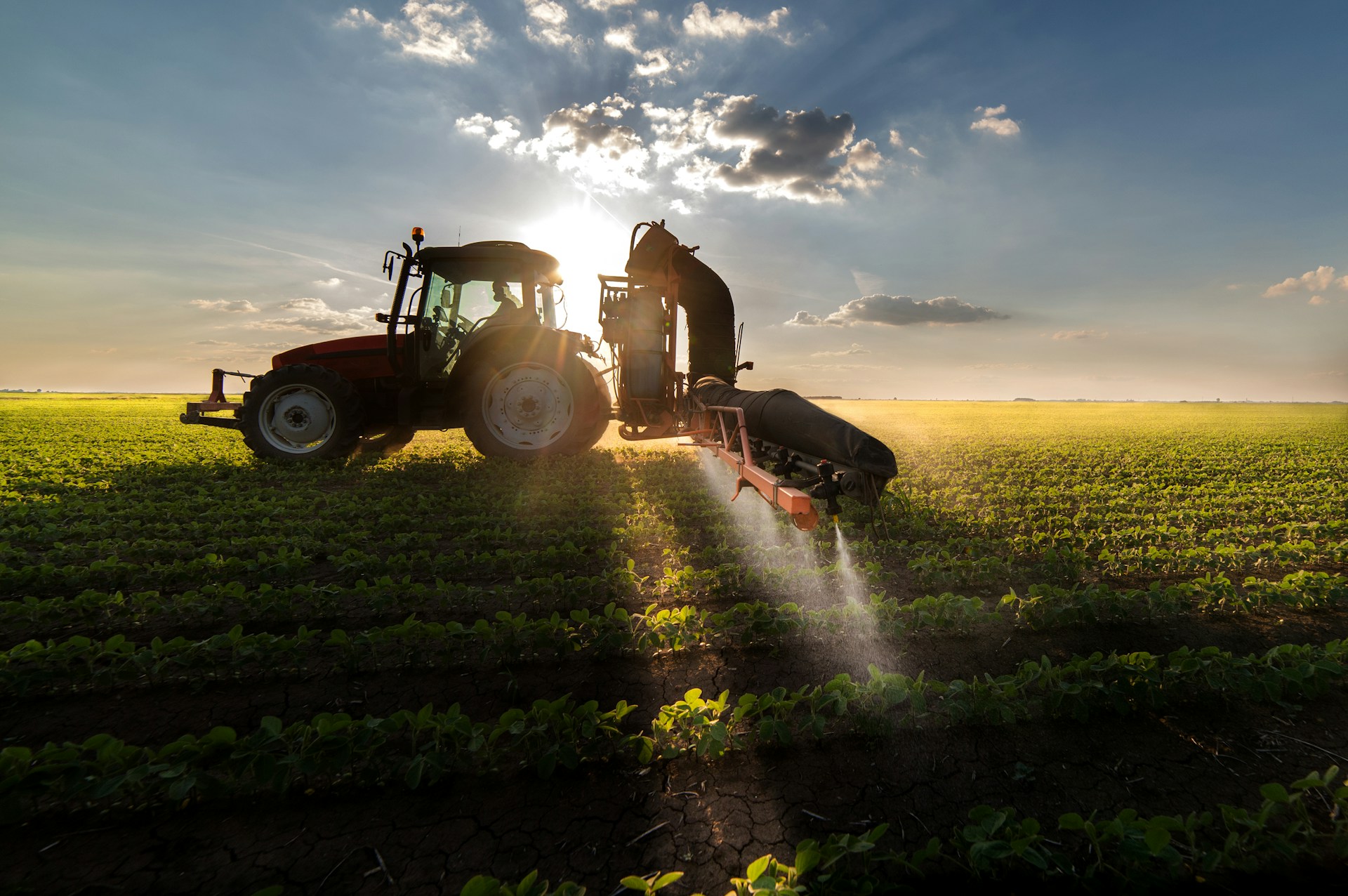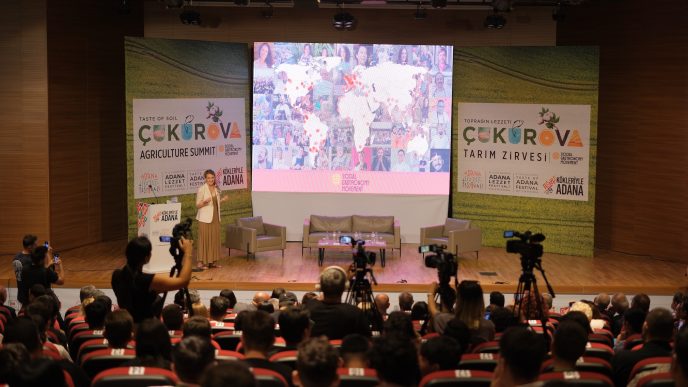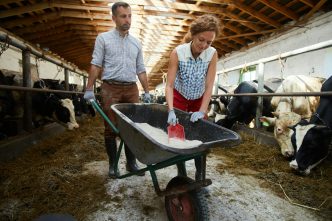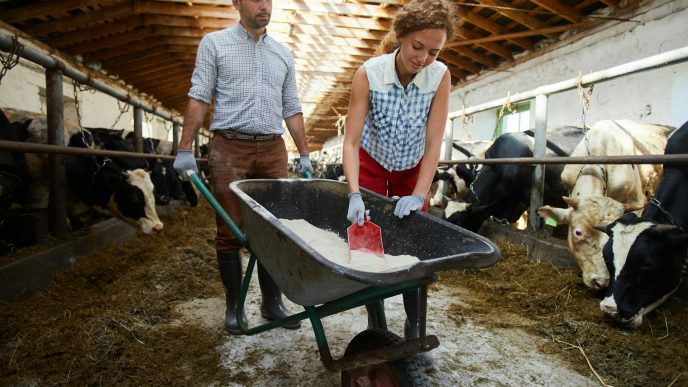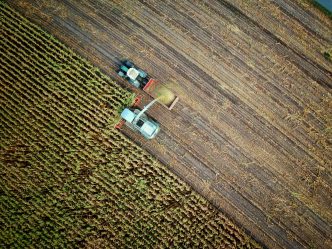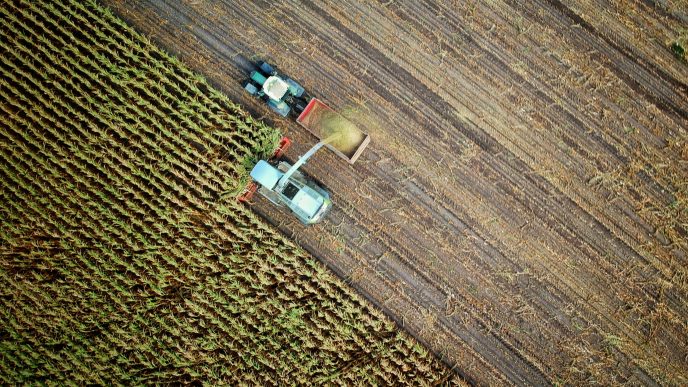In the pursuit of sustainable agriculture, the use of biostimulants has become increasingly popular among farmers and agronomists. These natural or synthetic substances enhance plant growth and productivity, not by providing nutrients directly, but by stimulating natural processes in plants. Biostimulants can improve nutrient efficiency, tolerance to abiotic stress, and crop quality. This article outlines 7 practical tips for utilizing biostimulants to increase crop yields effectively.
1. Assess Your Soil and Crop Needs
Before applying any biostimulant, it’s essential to perform a thorough soil analysis. This analysis will help you understand the current health of your soil and identify any deficiencies or imbalances. Knowing the soil’s pH, nutrient levels, and organic matter content can guide you in selecting the most appropriate biostimulant that will target deficiencies and enhance soil health and fertility.
2. Choose the Right Formulation
The market offers a wide range of agricultural biostimulant products, each with its unique composition and benefits. When selecting biostimulants, consider products containing beneficial microorganisms like plant growth-promoting rhizobacteria (PGPR) and mycorrhizal fungi, which can improve nutrient uptake and enhance plant defenses against pathogens. Seaweed extracts and plant-derived biostimulants are also popular choices for their ability to promote plant growth and stress tolerance.
3. Understand Optimal Application Timing
The timing of biostimulant application can significantly influence their effectiveness. The best time to apply biostimulants is when plants are most responsive to external stimuli, such as before or during critical growth stages like planting, flowering, and fruit setting. Applying biostimulants during these times can maximize growth potential and improve yield.
4. Integrate Biostimulants with Other Sustainable Practices
Biostimulants are most effective when used in conjunction with other sustainable agricultural practices, such as crop rotation, cover cropping, and integrated pest management (IPM). These complementary approaches can improve soil health, improve nutrient cycling, and promote overall ecosystem balance, creating a more favorable environment for plant growth and yield.
5. Monitoring and Adjusting Applications
Regular monitoring of crop response to biostimulant applications is essential. Observe changes in plant vigor, yield quantity and quality, and overall health. If results are not as expected, it may be necessary to adjust the application rate or timing, or even switch to a different biostimulant product suited to the crop’s changing needs. Always keep a detailed record of applications and their effects to inform future decisions.
6. Follow Recommended Application Rates
Adhering to the recommended application rates is essential to ensure the desired results and avoid potential adverse effects. Overuse of biostimulants can lead to phytotoxicity or nutrient imbalances, while underapplication may not provide the intended benefits. Always consult the product label or consult with a qualified agronomist or crop advisor to determine the appropriate application rates for your specific situation.
7. Consult with Experts and Stay Updated
The field of biostimulants is rapidly evolving, with ongoing research and development of new products and formulations. Stay informed about the latest advancements and best practices by consulting with agronomists, extension services, or reputable biostimulant manufacturers. Attend industry events, workshops, or webinars to learn from experts and stay up-to-date with the latest trends and techniques.
Conclusion
Biostimulants offer a promising way to increase crop yields sustainably. By understanding and implementing these practical tips, farmers can effectively integrate biostimulants into their farming practices. This not only boosts crop yields but also contributes to a more sustainable agricultural system that benefits both the environment and the economy. Using biostimulants is a step forward in the pursuit of achieving global food security while maintaining the health of our planet.
